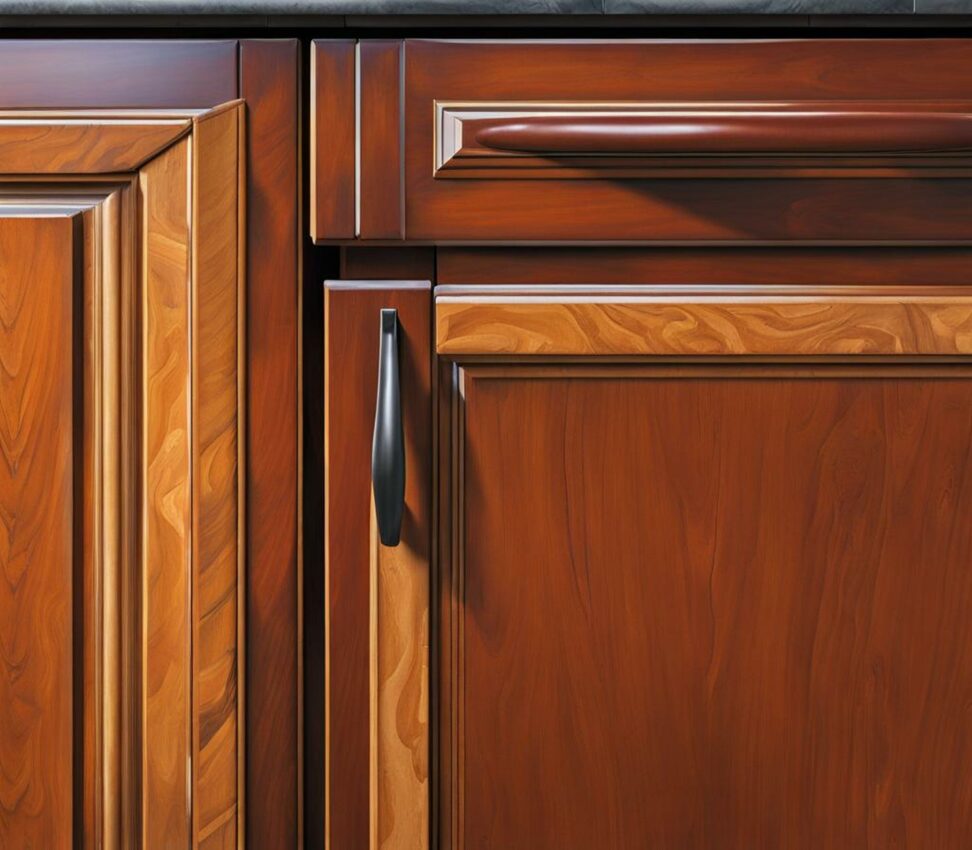End Kitchen Cabinet Paint Peeling For Good With A Pro-Approved Process
If you've noticed the paint finish peeling and cracking on your kitchen cabinets, you're not alone. Kitchen cabinet paint peeling is a common problem plaguing many homeowners. Not only is it unsightly, but it can progress to expose bare wood and compromise the integrity of your cabinets.
The good news is that with the right diagnostics and treatment, you can end kitchen cabinet paint peeling for good.

Common Causes of Kitchen Cabinet Paint Peeling
Before you can remedy paint peeling issues, it's important to understand what's causing the problem in the first place. Here are some of the most common culprits:
Surface Contamination
Grease, dirt, and other residue on your cabinet surfaces can prevent paint from properly adhering. Thorough cleaning and degreasing is critical prior to repainting.
Friction and Wear
The constant opening and closing of cabinet doors and drawers wears down the paint over time, especially on high-traffic areas. This can cause cracking and peeling.
Thermal Cycling
As wood expands and contracts with changes in temperature and humidity, it compromises the paint adhesion. Drastic shifts between seasons are a common cause of paint peeling.
Improper Prep and Application
Applying paint over an improperly prepared surface, or applying paint incorrectly, leads to premature peeling and flaking.
Diagnosing Your Kitchen Cabinet Paint Peeling
Inspect all cabinets closely to determine the scope of damage. Is it occurring in isolated spots or widespread throughout? Identify probable causes based on the locations of peeling. Consider factors like age of cabinets, type of use, and locations of heat/cold air vents.
Tap any bubbles in the paint finish and make note of areas that are loose or hollow sounding. This will help guide the preparation and repair steps.
Preparing Kitchen Cabinets for Repainting
Proper prep is crucial for successful, long-lasting paint adhesion. Here are key steps:
Cleaning
Wash cabinet surfaces with a degreasing agent like TSP substitute to remove any residue or grime. Rinse thoroughly and let dry completely.
Sanding
Lightly sand to roughen up existing paint and any exposed wood. Smooth any cracked or peeled edges.
Priming
Spot prime any bare wood and peeled areas with a quality bonding primer designed for cabinets.
Caulking
Fill any cracks or gaps with painter's caulk for a smoother finished surface. Pay special attention to joints, corners and trim.
Repainting Kitchen Cabinets
When prepping is complete, apply 2-3 thin, even coats of new high quality cabinet enamel paint. Allow proper drying time between coats according to manufacturer guidelines. Lightly sanding between coats creates a super smooth finish.
Maintain stable workshop temperatures while painting and as paint cures. Avoid extreme cold or heat. Let paint fully cure for several weeks before exposing cabinets to significant temperature fluctuations.
Going forward, be gentle with doors and drawers to limit wear. Immediately clean up any grease or food spills to prevent contamination.
With diligent prep, careful painting, and conscientious kitchen cabinet use and care, you can finally stop cringing at unsightly peeling paint. Follow this comprehensive process to diagnose, treat, and prevent recurring paint peeling issues. Your kitchen cabinet paint peeling days are over!